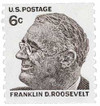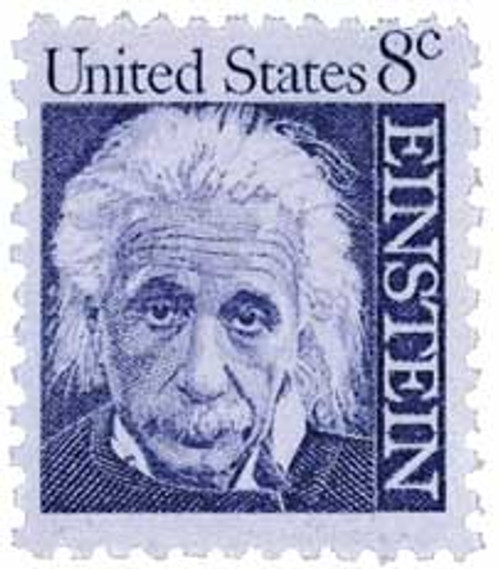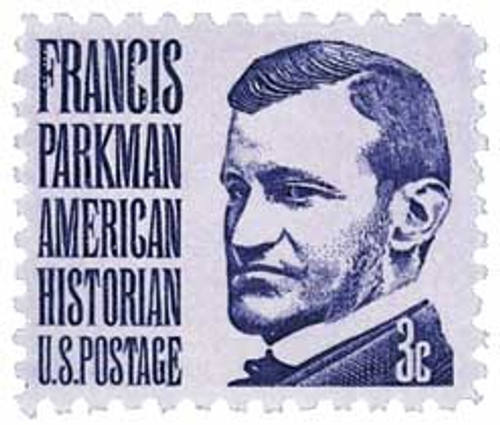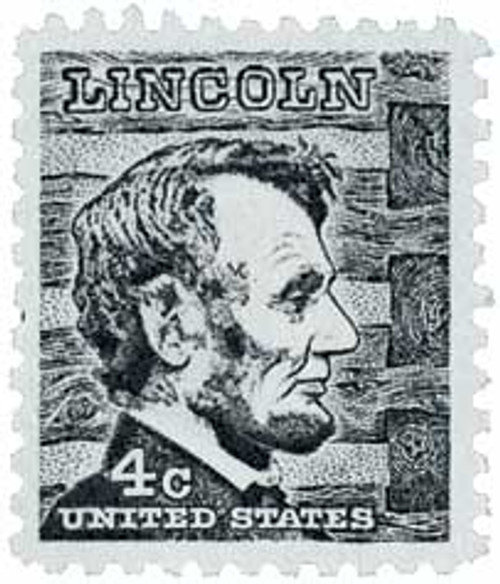
1968 6c Prominent Americans: Franklin D. Roosevelt, perf 10 vertical
# 1305 - 1968 6c Prominent Americans: Franklin D. Roosevelt, perf 10 vertical
$0.35 - $9.95
U.S. #1305
6¢ Franklin Roosevelt
Prominent Americans Series Coil
6¢ Franklin Roosevelt
Prominent Americans Series Coil
Issue Date: February 28, 1968
City: Washington, DC
Printed By: Bureau of Engraving and Printing
Printing Method: Rotary Press
Perforation: 10 vertically
Color: Gray brown
City: Washington, DC
Printed By: Bureau of Engraving and Printing
Printing Method: Rotary Press
Perforation: 10 vertically
Color: Gray brown
Prominent Americans Series
The Prominent Americans Series recognizes people who played important roles in U.S. history. Officials originally planned to honor 18 individuals, but later added seven others. The Prominent Americans Series began with the 4¢ Lincoln stamp, which was issued on November 10, 1965. During the course of the series, the 6¢ Eisenhower stamp was reissued with an 8¢ denomination and the 5¢ Washington was redrawn.
A number of technological changes developed during the course of producing the series, resulting in a number of varieties due to gum, luminescence, precancels and perforations plus sheet, coil and booklet formats. Additionally, seven rate changes occurred while the Prominent Americans Series was current, giving collectors who specialize in first and last day of issue covers an abundance of collecting opportunities.
The 6¢ denomination features Franklin D. Roosevelt as its subject. Elected president four times, Roosevelt (1882-1945) served in the nation’s highest office longer than any other chief executive – 12 years. He was born on January 30, 1882, in Hyde Park, the only child in a wealthy family. Roosevelt studied at Columbia Law School. In 1910, he was elected to the New York state senate.
He was appointed assistant secretary of the navy in 1913. Roosevelt was stricken with polio in 1921. Although permanently disabled, he remained active in politics. In 1928, Roosevelt was elected governor of New York – he was re-elected in 1930. As the Great Depression ravaged America in 1932, he was elected president over President Herbert Hoover.
President Roosevelt quickly began to use the power of the federal government to repair the nation’s failed economy. He introduced a sweeping economic program that provided relief, loans, and jobs, as well as other means of stimulating the economy, under the heading of the “New Deal.” Roosevelt was overwhelmingly re-elected in 1936, as the public rallied behind his innovative policies.
The President was determined to keep America out of the European conflict, but when World War II began, he provided aid to Great Britain. In 1940, he was elected to an unprecedented third term. With the Japanese attack on Pearl Harbor on December 7, 1941, the U.S. entered WW II. Roosevelt declared December 7 “A date which will live in infamy.” Roosevelt’s diplomatic finesse was key in forging an alliance with Great Britain and the U.S.S.R.
In 1944, despite failing health, Roosevelt was elected to a fourth term. At that time, Allied forces were closing in on Germany and Japan – victory was close. However, Roosevelt did not live to see the war to its conclusion. He died on April 12, 1945 – just 83 days after his third re-election.
U.S. #1305
6¢ Franklin Roosevelt
Prominent Americans Series Coil
6¢ Franklin Roosevelt
Prominent Americans Series Coil
Issue Date: February 28, 1968
City: Washington, DC
Printed By: Bureau of Engraving and Printing
Printing Method: Rotary Press
Perforation: 10 vertically
Color: Gray brown
City: Washington, DC
Printed By: Bureau of Engraving and Printing
Printing Method: Rotary Press
Perforation: 10 vertically
Color: Gray brown
Prominent Americans Series
The Prominent Americans Series recognizes people who played important roles in U.S. history. Officials originally planned to honor 18 individuals, but later added seven others. The Prominent Americans Series began with the 4¢ Lincoln stamp, which was issued on November 10, 1965. During the course of the series, the 6¢ Eisenhower stamp was reissued with an 8¢ denomination and the 5¢ Washington was redrawn.
A number of technological changes developed during the course of producing the series, resulting in a number of varieties due to gum, luminescence, precancels and perforations plus sheet, coil and booklet formats. Additionally, seven rate changes occurred while the Prominent Americans Series was current, giving collectors who specialize in first and last day of issue covers an abundance of collecting opportunities.
The 6¢ denomination features Franklin D. Roosevelt as its subject. Elected president four times, Roosevelt (1882-1945) served in the nation’s highest office longer than any other chief executive – 12 years. He was born on January 30, 1882, in Hyde Park, the only child in a wealthy family. Roosevelt studied at Columbia Law School. In 1910, he was elected to the New York state senate.
He was appointed assistant secretary of the navy in 1913. Roosevelt was stricken with polio in 1921. Although permanently disabled, he remained active in politics. In 1928, Roosevelt was elected governor of New York – he was re-elected in 1930. As the Great Depression ravaged America in 1932, he was elected president over President Herbert Hoover.
President Roosevelt quickly began to use the power of the federal government to repair the nation’s failed economy. He introduced a sweeping economic program that provided relief, loans, and jobs, as well as other means of stimulating the economy, under the heading of the “New Deal.” Roosevelt was overwhelmingly re-elected in 1936, as the public rallied behind his innovative policies.
The President was determined to keep America out of the European conflict, but when World War II began, he provided aid to Great Britain. In 1940, he was elected to an unprecedented third term. With the Japanese attack on Pearl Harbor on December 7, 1941, the U.S. entered WW II. Roosevelt declared December 7 “A date which will live in infamy.” Roosevelt’s diplomatic finesse was key in forging an alliance with Great Britain and the U.S.S.R.
In 1944, despite failing health, Roosevelt was elected to a fourth term. At that time, Allied forces were closing in on Germany and Japan – victory was close. However, Roosevelt did not live to see the war to its conclusion. He died on April 12, 1945 – just 83 days after his third re-election.





















